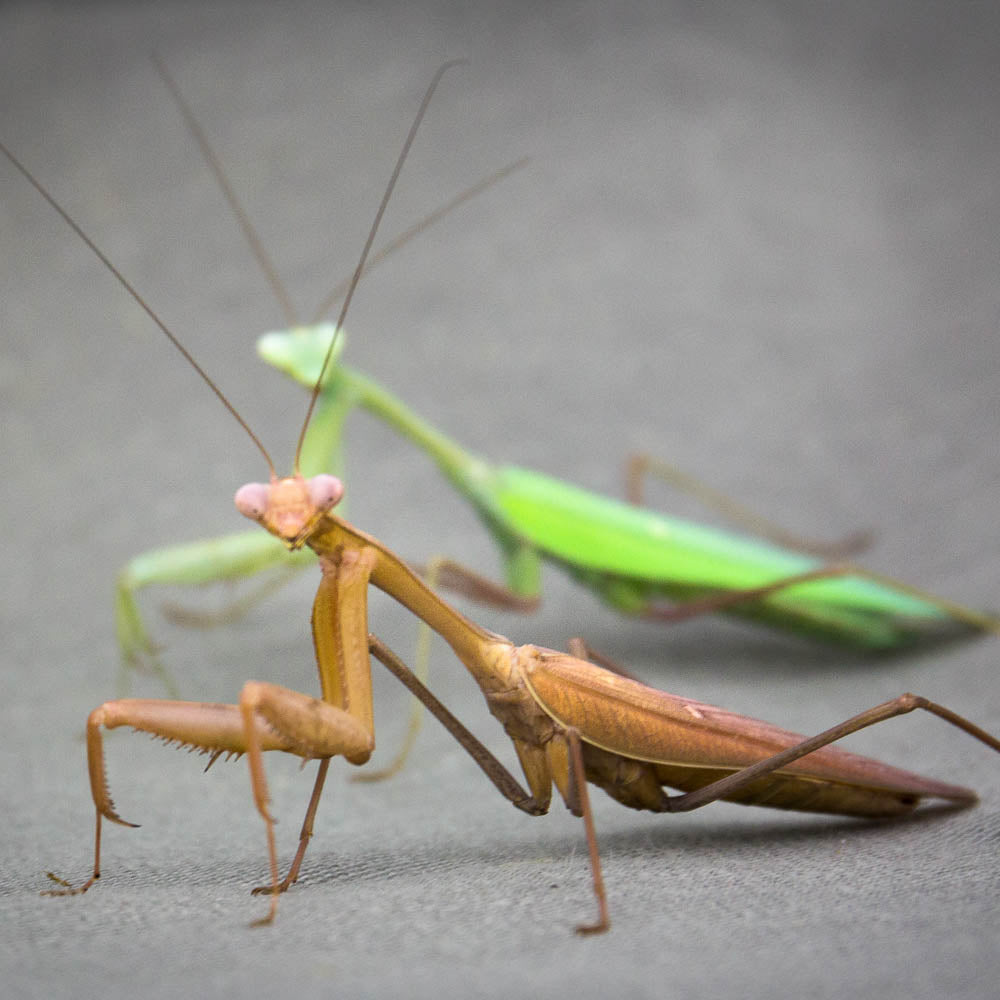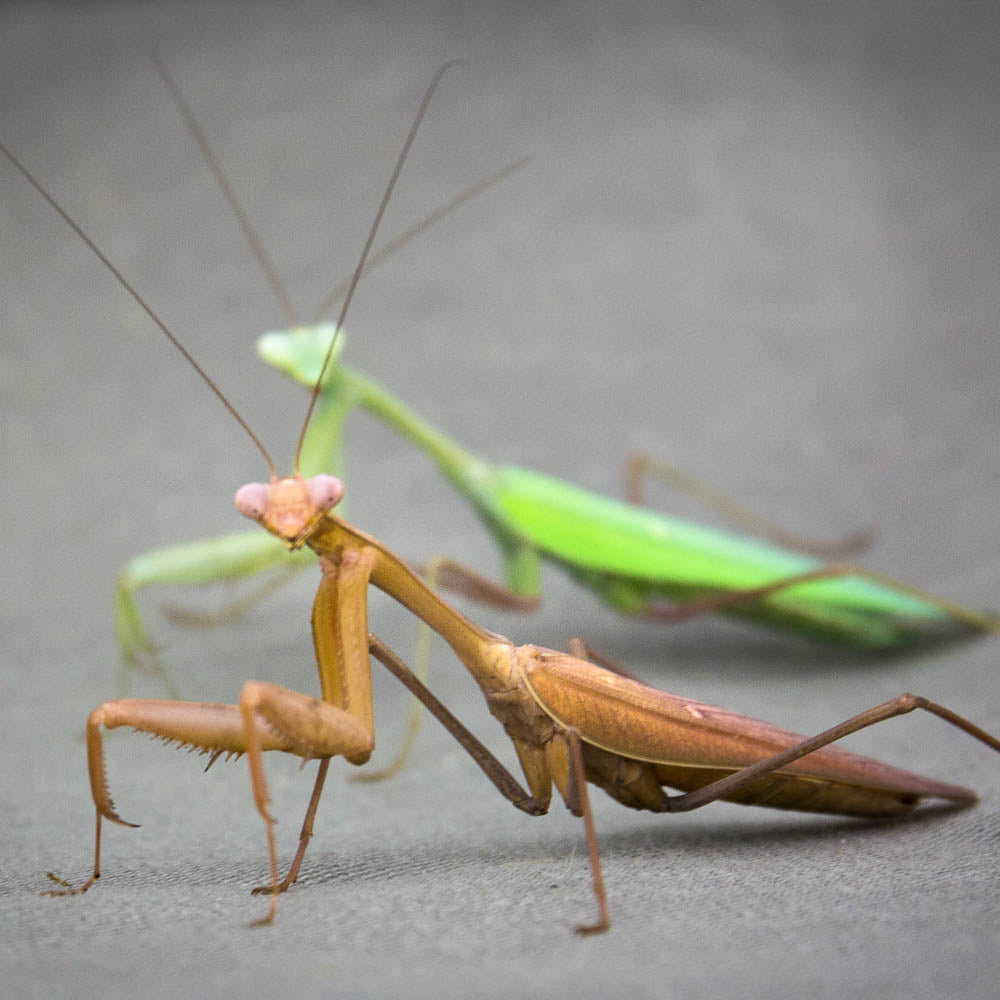
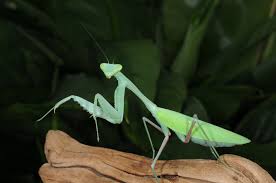
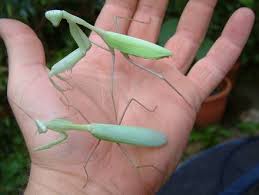

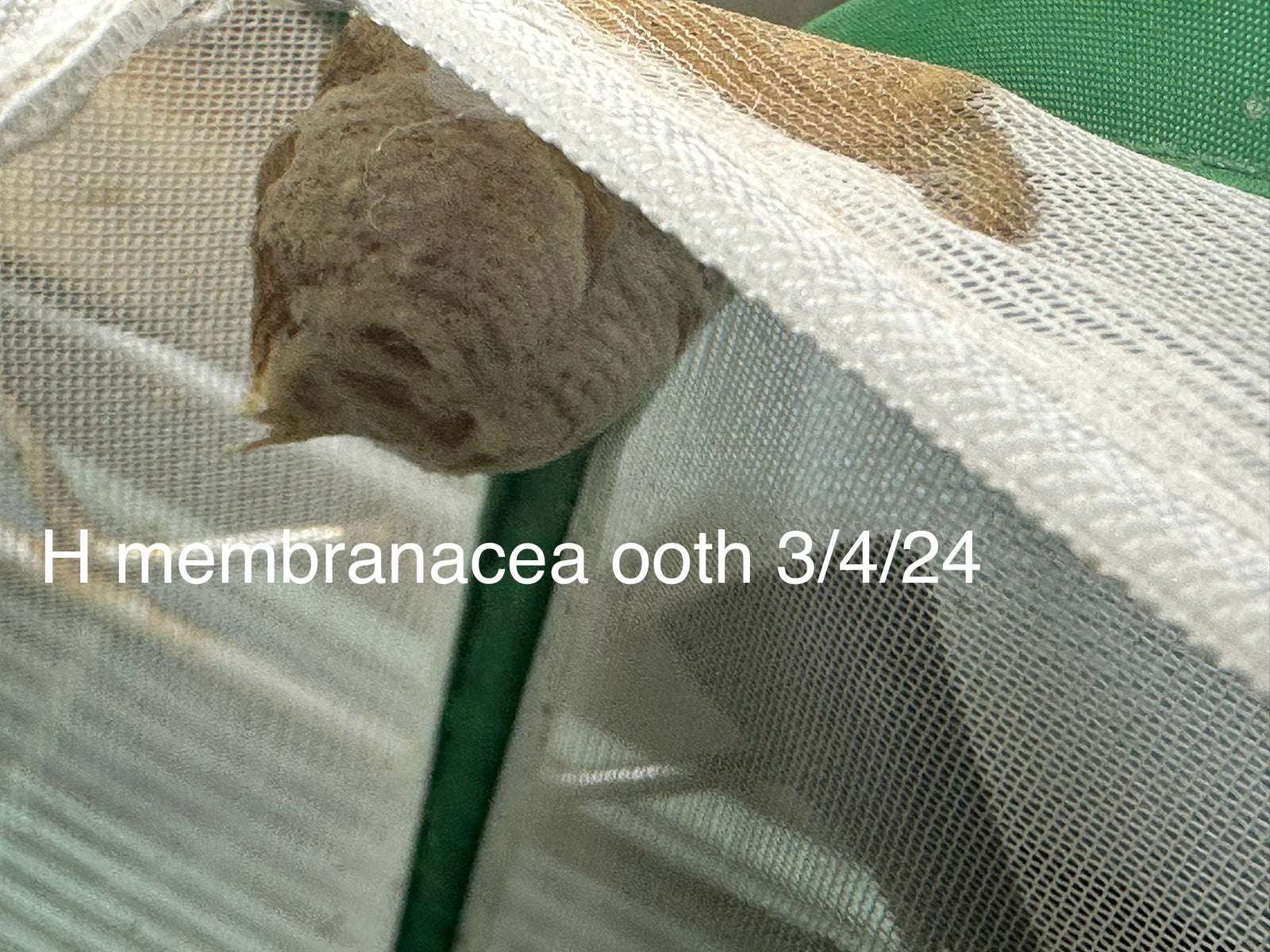
Hierodula membranacea Giant Asian Mantis
$32.00 - $160.00
Hierodula membranacea is a large mantid, BIG! Sharing its common name, giant Asian mantis, with other large members of the genus Hierodula. Its colors vary from green to yellow-green or even brown to reddish-brown, similar to those of the giant Indian and Malaysian mantis. As the name suggests, it originates from southeast Asia and is among the largest mantises. Male and female adults reach around 10–15 centimeters (3.9–5.9 in),
They are active, bold, friendly, and beautiful pets. This is one you could fall in love with!
Great with people and loves to be handled and easy to care for.
Scientific name: Hierodula membranacea
Origin: Asia/ India ~ Sri Lanka ~ Nepal ~ South China ~ Thailand ~ Java
Maximum length: 7 – 10 cm
Temperature: 20 – 28 ºC
Diet: Insectivore
Taxonomy
Order: Mantodea
Family: Mantidae
Subfamily: Mantinae
Genus: Hierodula
Species: Hierodula membranacea, Burmeister, 1838
Distribution and habitat
This tropical species has a wide distribution in Asia. It is found in India, Sri Lanka, Nepal, South China, Thailand, and Java. There, it prefers forests where it can camouflage perfectly. Since this species has such a wide distribution, it is no specialist and can take a wide range of temperature and humidity well. It prefers habitats around 20 - 28 °C, found in most tropical rainforests in Asia.
Hierodula membranacea lives in shrubs and tree areas. It lives in hot and humid climates with temperatures of 22 to 30 °C (72 to 86 °F) and humidity of 60% to 70%.Biology
MoltingLike all arthropods, Mantises have a hard shell called an exoskeleton. As they grow, they molt this exoskeleton to allow further growth until they reach their mature size, after which molting will be unnecessary. During molting, H. membranacea often does not eat and avoids exposure to predators as its new shell will initially be soft and vulnerable.
Diet
L1-L3 Hydei Fruit fliesL4-Adult Green bottle and blue bottle flies
These vast insects can also tackle large insects, such as moths, bees, and flies. Flying pollinating insects are the best food for them.
Once a mantis is an adult, we feed blue bottle flies. Crickets can be hosts to many parasites, which can kill mantids. Also, fertility drops if crickets are fed to pregnant females, so we never feed crickets.
Mantids also have to drink. Even if the main water is taken in with their food, mantids drink droplets of water on the surfaces of leaves, moss,
Reproduction
Reproduction occurs sexually in Hierodula membranacea, with very limited parthenogenesis abilities. A female can be identified from a male by her six abdominal segments, whereas males have eight. She also has a much larger abdomen.After mating, the female may attempt to eat the male to increase fertility, which will entail a struggle. The adult female will lay several egg cases (oothecae) over her lifespan. Up to 150 nymphs hatch from these oothecae after six to eight weeks.
Behavior
They are curious and exciting animals, seemingly without fear, especially towards people. They are known to climb on an extended hand readily and are very relaxed when sitting on one shoulder or desk as a companion. This mantis can jump twice its body length; although adults can fly, they don't usually fly around. Males use flight to search out females.
Terrarium
After a mantis hatches, keeping them in small, transparent plastic boxes with fly screens in lid cutouts to allow air circulation is easier. A little leaf or branch to sit on is enough structure. The enclosures should always be big enough that the mantis has enough space to molt. The animals search the highest point for molting and hang upside down. For shedding, they need to be a little bit more than double the animal's length. If that space is not given, the mantis can fall down the branch or touch the ground of the box and molts in a bad way. This can result in deformities or the animal getting stuck in its skin, where it then dies.For adult and subadult mantids, a terrarium 20 x 20 x 30 cm or bigger is enough. Again, care should be taken not to put too much decoration and branches in it to allow the mantis to shed properly.
Water should be sprayed daily to maintain moisture. Little plants or moss also help to maintain humidity. An air humidity of 40 - 50 % should be maintained.
If the parameters can be applied, this species can also be kept free in a room in a sunny place on a plant since this species prefers to stay in the same spot as long as it catches enough food.

